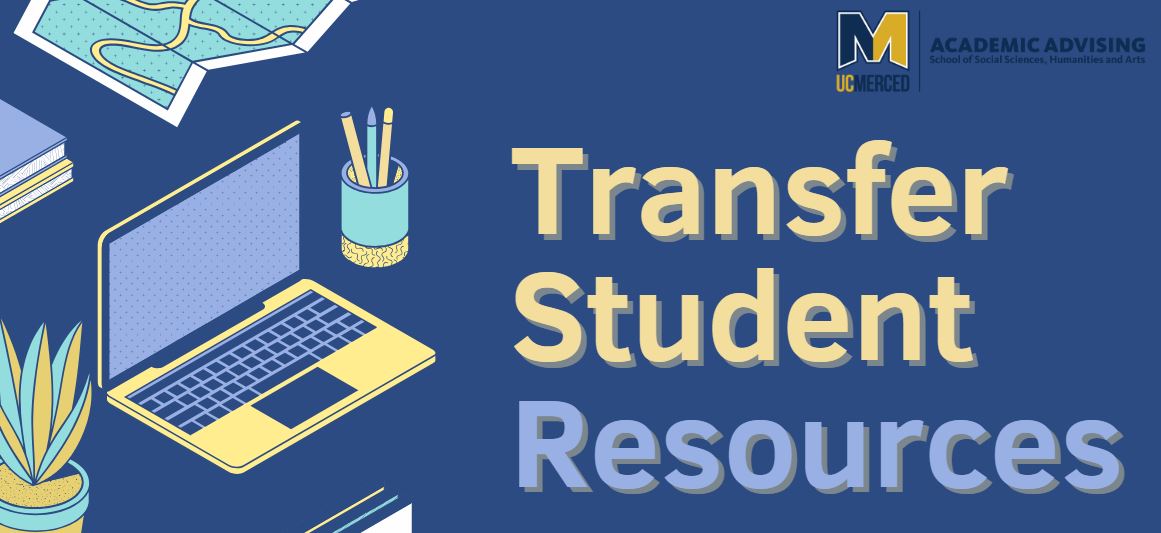Shop At Haya: Your Ultimate Shopping Guide
Discover the best shopping tips, trends, and deals for a smarter buying experience.
Cram-Free Study Hacks for Students
Unlock your potential with our ultimate cram-free study hacks—effective tips to boost your grades without the stress!
Effective Time Management Techniques for Stress-Free Learning
Effective time management is crucial for creating a stress-free learning environment. One of the most impactful techniques is the Pomodoro Technique, which encourages students to work for 25 minutes and then take a 5-minute break. This method not only helps maintain focus but also prevents burnout by allowing periodic rest. Additionally, prioritizing tasks with the Eisenhower Matrix can streamline your study sessions. This involves categorizing tasks based on their urgency and importance, allowing learners to focus on what truly matters.
Another essential technique is setting SMART goals—Specific, Measurable, Achievable, Relevant, and Time-bound objectives that can guide your study plans effectively. Implementing a daily or weekly schedule helps allocate specific time slots for each subject, ensuring balanced coverage of material. Finally, using tools like digital calendars or productivity apps can assist in keeping track of deadlines and commitments, ultimately fostering an organized approach to learning that mitigates stress and enhances overall performance.

The Science Behind Spaced Repetition: Study Smarter, Not Harder
Spaced repetition is a learning technique that leverages the psychological spacing effect, which states that information is more easily recalled if it is studied over increasing intervals of time. Instead of cramming all at once, spaced repetition encourages learners to revisit material at strategically timed intervals. This method not only enhances memory retention but also transforms the way we engage with information, making studying a more efficient process. Studies have shown that when learners review materials at intervals that increase over time, they solidify their knowledge and significantly reduce the chances of forgetting key concepts.
Implementing spaced repetition in your study routine requires some planning, but the benefits are undeniable. One effective way to practice this technique is through the use of flashcards, spaced out over different time frames. For instance, you might review a flashcard on day one, then again after three days, then a week later. This method not only helps solidify information but also engages the brain in a way that makes retrieval easier during assessments. By adopting this science-based approach, you're not just studying harder—you're studying smarter, ensuring that your study sessions are more impactful and productive.
How to Create a Study Environment That Boosts Focus and Productivity
Creating a study environment that boosts focus and productivity is essential for effective learning. Start by choosing a dedicated space that is free from distractions. Make sure to keep this area well-organized and clutter-free, as a tidy space can lead to a clearer mind. Consider incorporating elements like a comfortable chair and a sturdy desk to enhance your physical comfort while studying. Additionally, lighting plays a significant role; opt for natural light when possible, or invest in good-quality artificial lighting to reduce eye strain.
Another key factor is the use of ambient sound. Some people find that soft background music or white noise can help improve concentration. You might also want to experiment with different study techniques to find what works best for you, such as the Pomodoro technique, which involves studying in short, focused bursts followed by breaks. Finally, remember to personalize your study environment. Include motivating quotes or imagery that inspires you, and create a space that reflects your unique style. This way, you're not just studying; you're also creating a positive atmosphere that encourages focus and productivity.